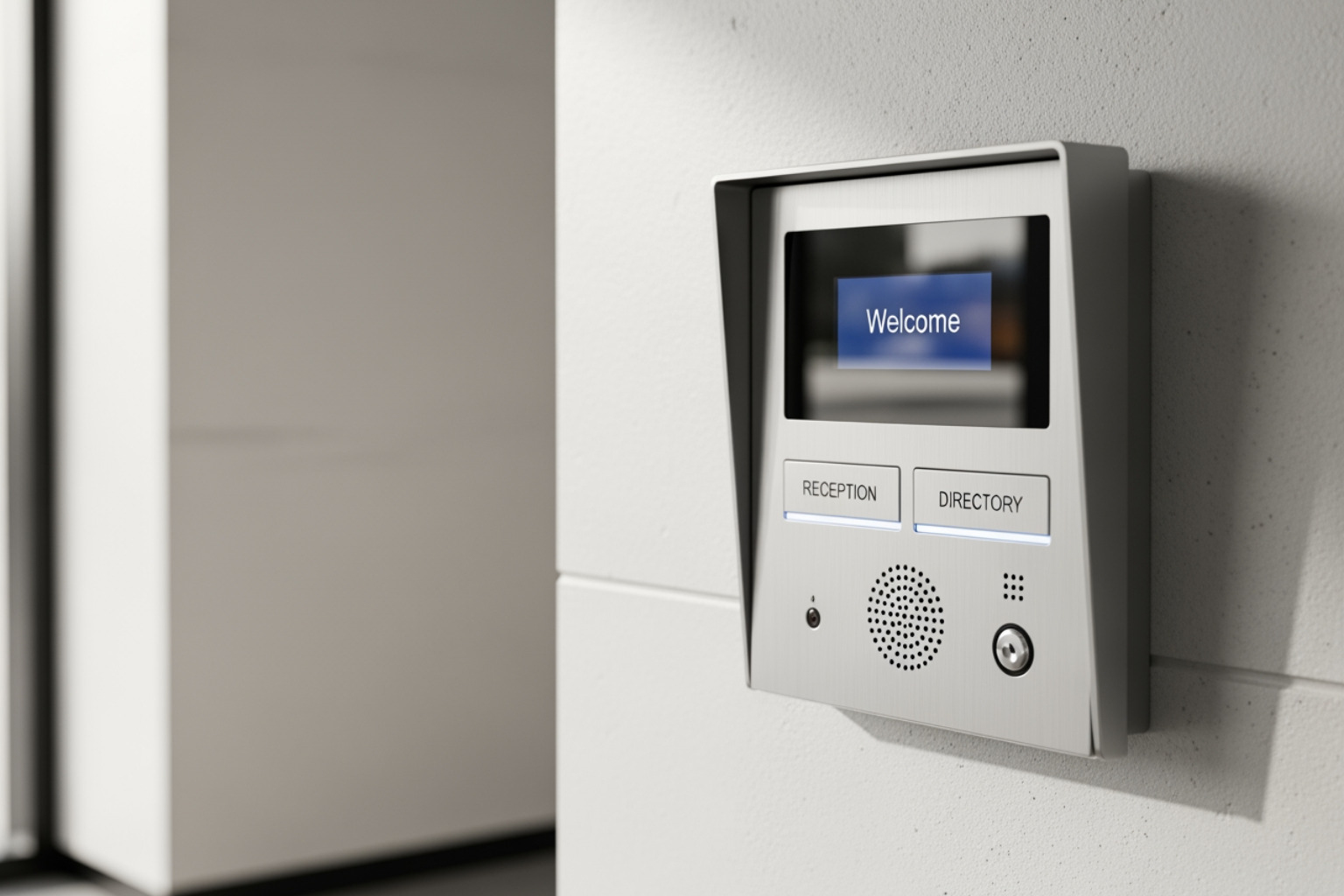
Network system integration is the process of connecting different technology systems—like security cameras, access control, intercoms, and IT networks—so they work together as one unified solution.
Quick Definition:
If you're frustrated managing multiple systems that don't talk to each other, you're not alone. Many Australian businesses juggle separate security cameras that can't share footage with their access control, or IT networks that operate in complete isolation from security infrastructure.
This disconnected approach creates more than inconvenience. It leads to security gaps, wasted time manually checking different systems, and staff losing productivity switching between interfaces. Critical information gets trapped in silos instead of flowing where it's needed most.
The good news is that modern network system integration transforms this chaos into seamless connectivity. When your systems are properly integrated, your security cameras can trigger automatic responses in your access control system, your intercom can connect directly to mobile phones, and everything can be monitored from a single interface.
I'm Dave Symons, and over the past 16 years at DASH Symons Group, I've helped hundreds of Queensland businesses solve these challenges. We've learned that the key isn't just connecting systems—it's designing integrated solutions that make your daily operations simpler and more secure.
Imagine your security cameras automatically recording when someone swipes an access card, or your intercom connecting straight to your mobile. When there's an incident, all systems share information instantly. That's network system integration in action.
At its core, it means connecting all your different technology—hardware like servers and cameras, and software from accounting to security—so they work as one unified system. Think of it like an orchestra: each instrument is brilliant alone, but the magic happens when they play together. We create that harmony for your business technology.
Instead of separate islands of technology, you get a single infrastructure where information flows freely. As companies grow, they collect different systems, creating "data silos"—isolated pockets of information that cause headaches like:
Network system integration solves these problems by creating seamless communication. Real-time data sharing becomes automatic, manual errors disappear, and you can modernise your infrastructure without replacing everything.
This is where our Consulting services really shine. We map out how your existing systems can work better together, creating a plan that makes sense for your business.
When planning your network system integration, we use proven models to ensure your system is stable, scalable, and secure.
Here are the most common approaches:
The key technologies that make this possible include APIs (Application Programming Interfaces), which allow software to communicate, and Middleware, which acts as a bridge between incompatible systems. Routers and switches form the physical backbone of your network, directing data traffic.
Understanding these options helps us design the right integration strategy for your business. For those interested in the technical theory, this research on post-industrial integration paradigms provides excellent background reading.
What does this technical planning mean for your day-to-day operations? It means significant improvements that impact your bottom line and give you peace of mind.
While the benefits are compelling, integration projects have challenges. Some studies suggest many projects fall short of their goals, but understanding the common obstacles is the first step to avoiding them.
Common challenges include:
This is why working with an experienced system integrator makes a difference. We specialise in connecting different applications, systems, and data solutions from various vendors into one functional whole.
Our structured approach includes:
By carefully planning and leveraging our experience, we help you steer these challenges successfully. For more on integration challenges, this research on business systems integration provides valuable background.
Technology never stands still, and neither should your business. Network system integration isn't just about fixing today's headaches – it's about building something that grows with you and keeps you ahead of the curve. We're constantly watching how new trends will impact your systems, so you don't have to.
The shift toward cloud integration is happening everywhere, with most businesses now running a mix of cloud-based and on-premises systems. This means your security cameras might store footage in the cloud while your access control runs locally, but they'll still work together perfectly.
Internet of Things (IoT) devices are becoming smarter every day. Your building sensors, automated gates, and climate control systems can all feed real-time data into your integrated network. This gives you incredible insight into how your business operates and opens up new possibilities for automation.
Artificial Intelligence is also starting to play a bigger role in networking. AI can predict when systems might fail, optimise network performance automatically, and even improve your security by spotting unusual patterns before they become problems.
What this all means for you is flexibility – the ability to adapt quickly when opportunities or challenges arise. When your systems are properly integrated, adding new services, scaling up operations, or bringing on new partners becomes much simpler. You're not locked into rigid systems that can't evolve.
We design every integration with tomorrow in mind. Your network won't just handle today's requirements – it'll adapt to new technologies and changing needs without requiring complete overhauls every few years.

After 16 years of working with Queensland businesses, we've learned that successful network system integration isn't just about the technology – it's about the relationship. You need someone who understands your business, speaks your language, and will be there when you need support.
We're not a faceless corporation with call centres overseas. We're a family-run business based right here in Upper Coomera Queensland, to service the Gold Coast and beyond. When you call us, you'll speak with people who know your local challenges and have worked with businesses like yours to overcome them.
Our approach is built on expert guidance without the tech jargon. We'll explain exactly what your integrated systems will do for your daily operations – better security, smoother workflows, fewer headaches – in plain English that makes sense. No corporate buzzwords, no confusing technical manuals, just honest advice about what will work best for you.
Every business is different, which is why we create custom solutions specifically to your needs. We take time to understand how you operate, what systems you already have, and where you want to go. Then we design an integration strategy that fits perfectly, rather than trying to squeeze you into a one-size-fits-all package.
Professional installation and ongoing support are just as important as the initial design. We handle everything from start to finish, ensuring your systems work reliably for years to come. When you need maintenance, upgrades, or just have questions, we're here to help. That's the peace of mind that comes from working with a trusted local partner.
Ready to transform your disconnected systems into a seamless, integrated network? Explore our full range of integration services and let's have a chat about how we can help your business run smarter.
